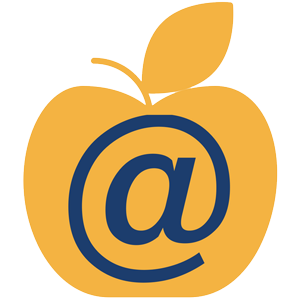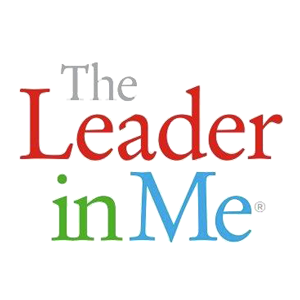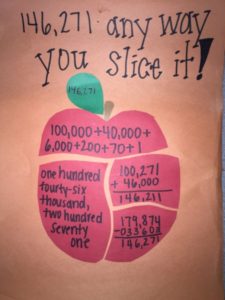Time to celebrate! The first Math Topic 1 unit was a great success! Everyone did amazing on the topic test Wednesday and we even have an A class average. I have been congratulating students on all the hard work they put into homework, the study guide, lessons in class, and studying all day today! I am so proud! :)
In third grade, Miss Graber and I like to incorporate a ‘project’ (completed at home) to go along with the math topic each quarter. We also do one in school for other topics. This quarter our project focuses on the topic 1 standards of place value.
The rubric, instructions, and a picture example were sent home yesterday. Please include the rubric on the finished project when it is turned in. Students can turn this in any day Tuesday 9/20 or before. Here is what the example I made looks like in better color and detail…
Below are some tips and suggestions to keep in mind during the time you work on this project:
- Students can be as creative as possible and do not have to use the apple shape to break into four parts.
- Students must pick any number of their choice with 6-digits to base the project off of.
- If students need colored paper or supplies, let me know and I can send some of what I have in my stash home
- Students should be creative! They DO NOT have to use an apple, like I mentioned. Last year some students choose to cut out a football shape from a brown piece of paper and then cut it into four random parts, writing each of the 4 ways on any part they wants. The girls last year used a lot of glitter and color, but the most popular route was definitely sports related. They can choose anything they are interested in for this project; Pokemon, animals, school, family, flowers… The list is endless :)
- Students need to show the number they picked in 4 different ways
- 1: Word/written form- form the test, write the 6-digit number out in words and letters (Don’t forget spelling and commas!)
- 2: Expanded form- this is also what they did on the test, use the place value of each digit to expand the number (example- 300,000 + 20,000 + 6,000 + 700 + 40 + 2)
- 3: Use the chosen number to be the SUM in a addition problem students make up. The students can achieve this by using the trick we practiced in class= We started with the 6-digit number they chose and then subtracting ANY other number from it to reverse the problem. That difference added to the number they subtracted from their chosen 6-digit number will result in the SUM being their chosen number. (See example in the picture above)
- 4: Use the chosen number to be the DIFFERENCE in a subtraction problem student are to make up. This can be tough, but in class we started with a number bigger then their 6-digit chosen number and broke it up place value by place value. Starting with the ones we decided how many other ones we need to take away from the bigger numbers amount of ones to result in the same number of ones as the 6-digit chosen number.
As always, let me know if you need help or have questions. It seems a little confusing at first, but it should be fun and will click once you start on it.









